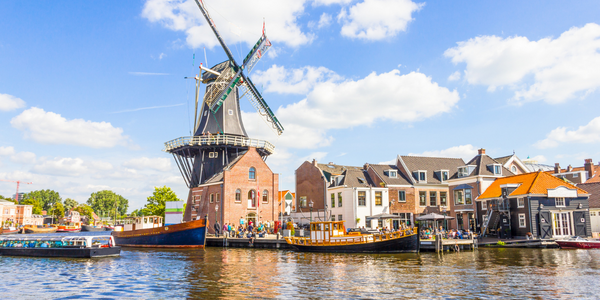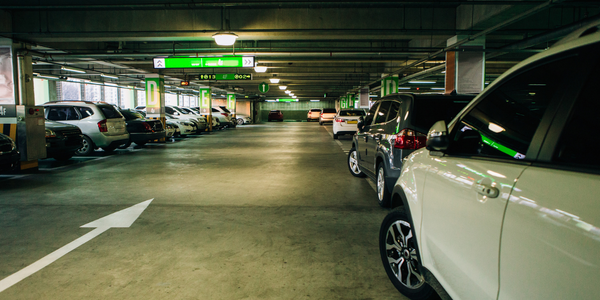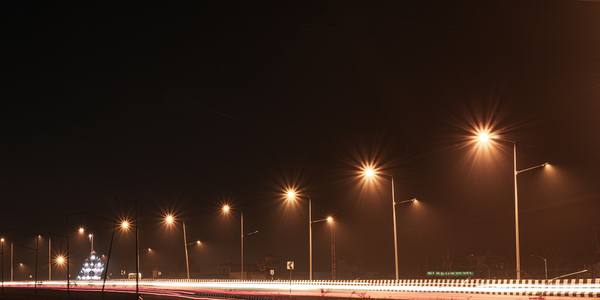Customer Company Size
Large Corporate
Region
- America
Country
- United States
Product
- AssetWorks GPS
- Verizon Networkfleet
- GRIP system
Tech Stack
- GPS technology
- Telematics
- Anti-idling technology
Implementation Scale
- Enterprise-wide Deployment
Impact Metrics
- Cost Savings
- Environmental Impact Reduction
- Productivity Improvements
Technology Category
- Sensors - GPS
- Analytics & Modeling - Real Time Analytics
Applicable Industries
- Cities & Municipalities
Applicable Functions
- Logistics & Transportation
Use Cases
- Fleet Management
- Vehicle Telematics
- Energy Management System
Services
- System Integration
About The Customer
The City of Columbus is recognized as one of the best managed fleets in North America. In 2014, it was named the No. 1 fleet operation by the “100 Best Fleets” Program and in 2011, it was recognized as the greenest fleet. The city is known for its innovative use of technology to achieve its goals. In 2012, the City of Columbus added AssetWorks GPS powered by Verizon Networkfleet to their fleet. Today, they have GPS functionality installed on approximately 2,500 vehicles. These vehicles range from light duty city vehicles, police cruisers and fire trucks to large bat wing mowers. The city uses this technology to monitor vehicle location, geofence, and collect telematic data such as diagnostic trouble codes, vehicle speeds, and idling times.
The Challenge
The City of Columbus, recognized as one of the best managed fleets in the country, was looking for ways to improve their fleet operations. They had already implemented GPS functionality on approximately 2,500 vehicles, ranging from light duty city vehicles to large bat wing mowers. However, they were looking for ways to leverage this technology to further improve their operations. They were particularly interested in monitoring vehicle location, geofence monitoring, and collecting telematic data such as diagnostic trouble codes, vehicle speeds, and idling times. The challenge was to analyze this data and identify areas where improvements could be made.
The Solution
The City of Columbus implemented AssetWorks GPS powered by Verizon Networkfleet in their fleet. This system allowed them to monitor vehicle location and geofence to ensure that vehicles were where they should be. It also collected telematic data such as diagnostic trouble codes, vehicle speeds, and idling times. The software in the office would then analyze this data for unusual or unwanted events and alert the appropriate departments and personnel. The fleet department also used the GPS data to analyze and assess vehicle and driver performance. One of the significant improvements made was the implementation of an anti-idling technology called the GRIP system. This system would automatically shut off the vehicle’s engine if it had been idling for more than two minutes, while continuing to power auxiliary equipment. This allowed for both hot and cold climate control as well as air bag deployment.
Operational Impact
Quantitative Benefit

Case Study missing?
Start adding your own!
Register with your work email and create a new case study profile for your business.
Related Case Studies.

Case Study
Turning A Stadium Into A Smart Building
Honeywell created what it called the “intelligent system” for the National Stadium in Beijing, China, turning the venue for the opening and closing events at the 2008 Summer Olympics into a “smart building.” Designed by highly controversial artist Ai Weiwei, the “Bird’s Nest” remains one of the most impressive feats of stadium architecture in the world. The 250,000 square meter structure housed more than 100,000 athletes and spectators at a time. To accommodate such capacity, China turned to Honeywell’s EBI Integrated Building Management System to create an integrated “intelligent system” for improved building security, safety and energy efficiency.
.png)
Case Study
Smart Street Light Network (Copenhagen)
Key stakeholders are taking a comprehensive approach to rethinking smart city innovation. City leaders have collaborated through partnerships involving government, research institutions and solution providers. The Copenhagen Solutions Lab is one of the leading organizations at the forefront of this movement. By bringing together manufacturers with municipal buyers, the Copenhagen Solutions Lab has catalyzed the development and deployment of next-generation smart city innovations. Copenhagen is leveraging this unique approach to accelerate the implementation of smart city solutions. One of the primary focus areas is LED street lighting.

Case Study
Buoy Status Monitoring with LoRa
The Netherlands are well-known for their inland waterways, canals, sluices and of course port activities. The Dutch Ministry of Infrastructure indicates that there are thousands of buoys and fixed items in and near water environments that would profit from IoT monitoring. One of the problems with buoys for example, is that they get hit by ships and the anchor cable breaks. Without connectivity, it takes quite some time to find out that something has happened with that buoy. Not to mention the costs of renting a boat to go to the buoy to fix it. Another important issue, is that there is no real-time monitoring of the buoys at this moment. Only by physically visiting the object on the water, one gains insight in its status.

Case Study
Barcelona Case Study
Barcelona’s heavy traffic and its associated high levels of pollution were the primary factors that motivated some companies and universities to work on strategies for improving traffic in the city centre. Bitcarrier is one of the technologies involved in the In4Mo Project, whose main objective is to develop the applications that form the core of smart mobility, one of the fundamental pillars of the smart city concept.

Case Study
China Mobile Smart Parking
Smart Parking, powered by NB-IoT technology, is making it easier for drivers to find free parking spots. Cities can better manage their parking assets and maximize the revenue available to them as a result. Drivers searching for parking create congestion and pollution by circling and hunting for available parking. Smart Parking services are able to significantly ease these problems by guiding a driver directly to a parking space.








